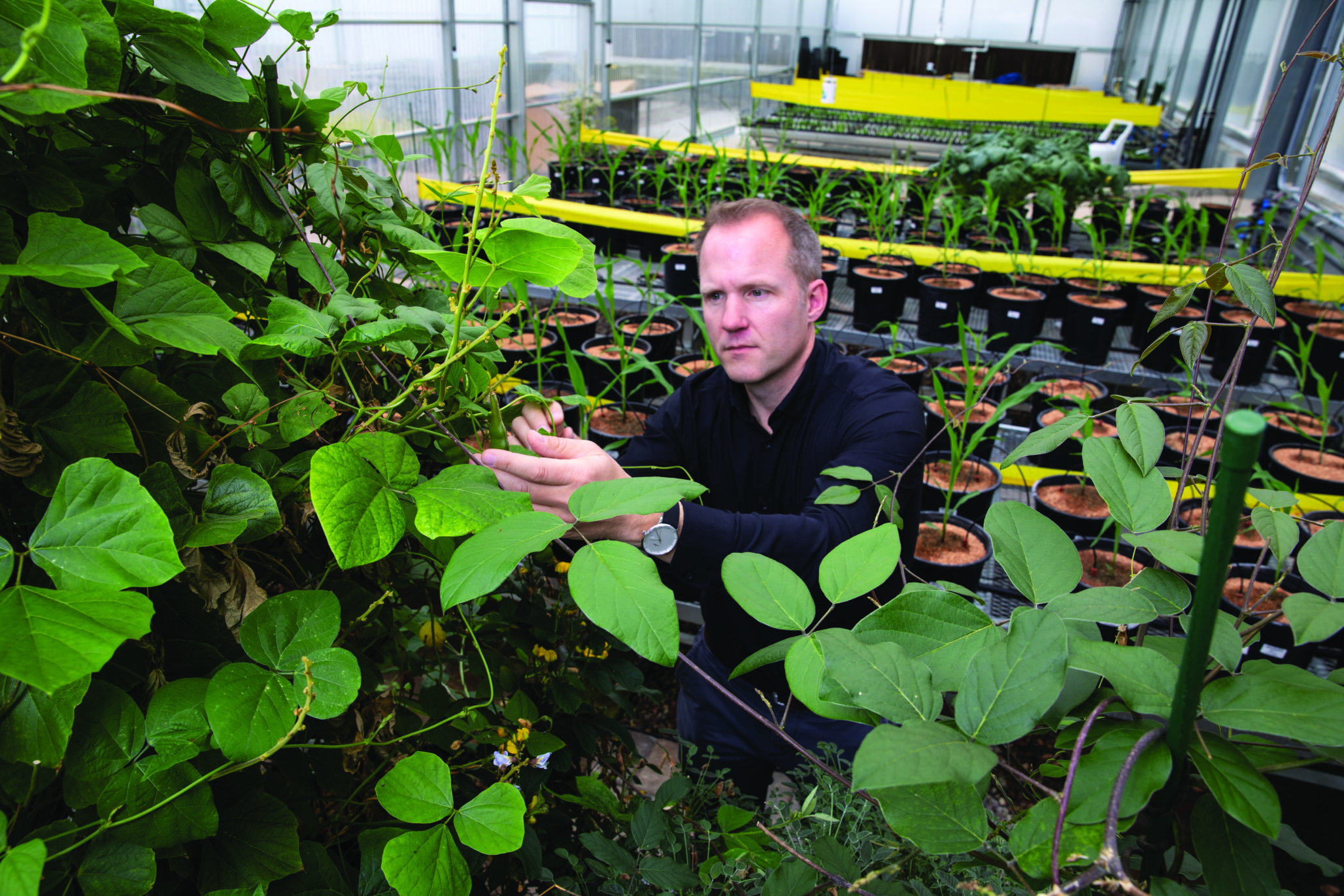Nitrogen fertilizer prices have continued to rise, impacting the air and water quality, as well as farmers’ fertilizer rate decisions.
University of Illinois researchers have set out to help farmers make informed fertilizer rate decisions with their latest model that studies, “the role of pre-growing season weather on soil nitrogen dynamics and end-of-season corn yield,” shared a release.
“When farmers plant corn in spring, they already know what happened during the pre-growing season, from the previous fall to the spring. Unlike the upcoming growing season, which we can’t reliably forecast, we can use pre-growing season information to guide farmers to adjust their fertilizer application,” explained Ziyi Li, lead author of the study and doctoral researcher in the Department of Natural Resources and Environmental Sciences (NRES) at Illinois.
The model discovered wetter pre-growing seasons decreased soil nitrogen through leaching. Without added fertilizer, a pre-season increase in precipitation resulted in yield reductions between five and 14%. When spring fertilizer was applied at around 150 lbs nitrogen per acre, the average rate in Illinois in 2018, pre-season precipitation still decreased yield by one to three percent.
“In our analysis, we found applying more fertilizer can mitigate and even eliminate the yield loss induced by excess pre-growing-season precipitation. Based on our model, if an Illinois farmer applies 150 lbs of nitrogen per acre, the one to three percent yield loss can be prevented by adding about 16 lbs more nitrogen,” shared Li.
In colder than average pre-growing seasons, soil inorganic nitrogen and end-of-season yield decreased as a result of reduced soil microbial activity and magnified leaching. Yet, the study found that additional fertilizer in spring might not do much.
“The effects of cold pre-growing season temperatures on yield cannot be eliminated by adding additional fertilizer,” said Li. “That’s because the temperature not only affects the nitrogen content in soil, but also seems to limit early growth in ways that affect yield potential, even if weather returns to normal later.”
The Agroecosystem Model Ecosys
Researchers used ecosys, an advanced agroecosystem model, to investigate how temperature and precipitation during the pre-growing season affected soil inorganic nitrogen content and yield. The ecosys model has the “advanced ability to simulate carbon, water, and nutrient cycles,” making it a prime option for the study.
“The ecosys model has been extensively used for a lot of different cases for agriculture, and this study further demonstrates that ecosys can perform well for simulating nitrogen cycles. The validation data set we used came from decades of nitrogen trials conducted by our collaborators at Illinois and other Midwestern states. We found the model actually can reproduce these patterns, not only the Illinois data, but patterns from the broader Midwest,” said Kaiyu Guan, associate professor at NRES and principal investigator of the study.
The team believes the study’s results could be used to enhance current nitrogen rate calculators. Emerson Nafziger, emeritus professor in the Department of Crop Sciences and co-author of the study, advises farmers who want to alter their nitrogen application to consider strip trials.
“High rates of nitrogen tend to produce dark green corn, but lower rates might do that as well. The only way to know if you used too much nitrogen is to compare the rate you used to a lower rate in the same field,” explained Nafziger. “A strip in the field with a lower rate, or higher if the rate in the field is moderate [less than 200 lb per acre from all sources], is a great way to gain confidence in lowering nitrogen rates in the future. In the unlikely event the higher rate produces enough extra yield to pay for itself, we should be able to identify the likely cause for the difference (for example, wet soils) and use that to adjust rates in the future.”
Read More About Fertilizer:
USDA Opens Public Comment Period on Competition in Seed and Fertilizer Market
California Research Says Black Eyed Peas Could Help Eliminate Need for Fertilizer












